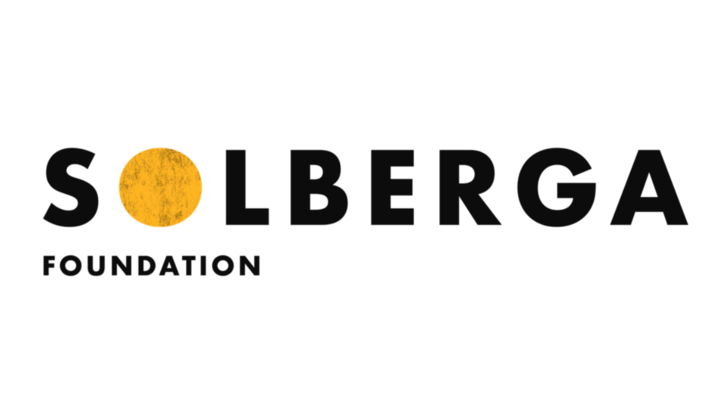Climate change is a global phenomenon, but it will bear its costs locally in communities. Putting those communities at the centre is thus an effective climate funding strategy. At the heart of Grassroots Support is the idea that local, self-organised communities can be effective stewards of climate solutions. Funders who recognise the people behind grassroots movements as leaders can unleash transformative power.
Yet, Grassroots Support accounts for only 0.7-1.2 percent of funding from European climate funders (Roeyer et al. 2021). Especially bigger funders face a barrier: their funding infrastructure matches the organisational set-up of large, established grantees better than those of grassroots movements, which are often small and informally organised (Ng 2021; Baykara 2016).
KEY INSIGHTS
- Grassroots Support can require funders to go the extra mile. Grassroot movements are often driven by volunteers who are more loosely organised than the staff of professional NGOs. Funders are thus advised to use different methods of identifying and engaging with grassroots movements. Funders who share calls for funding proposals via social media, will be able to better reach small groups. Equally, small but long-term grants can meet the needs of grassroots movements while not burdening them with the administration of large grants.
- Grassroots organisations are often deeply embedded in a local context. Hence, they are close to the impacts of climate change and to climate solutions (Elliott et al. 2019). Because of this proximity to local events, there is a lot to be gained from Grassroots Support. Most importantly, grassroots organisations can reach people that larger NGOs might not: “monolingual non-English speakers, undocumented workers, tenants living in slum conditions, formerly incarcerated individuals, unhoused neighbours, and many others” (Goldsmith 2021).
- With some solutions to climate change, working with grassroots communities is indispensable. One of them is stopping deforestation, to which indigenous communities are key (Food and Agriculture Organization of the United Nations and FILAC 2021). Although indigenous lands account for almost 80 percent of the Earth’s biodiversity, indigenous people have limited sovereignty over that land (Sobrevila 2008; Trewin et al. 2021). Grassroots Support of indigenous people can help to change this. What is more, evidence abounds that Grassroots Support is not only essential but also cost-effective. For example, an analysis shows that Extinction Rebellion UK performs 12 times better at carbon avoidance than the Clean Air Task Force, one of the top-rated climate organisations in the world (Ozden 2022).



